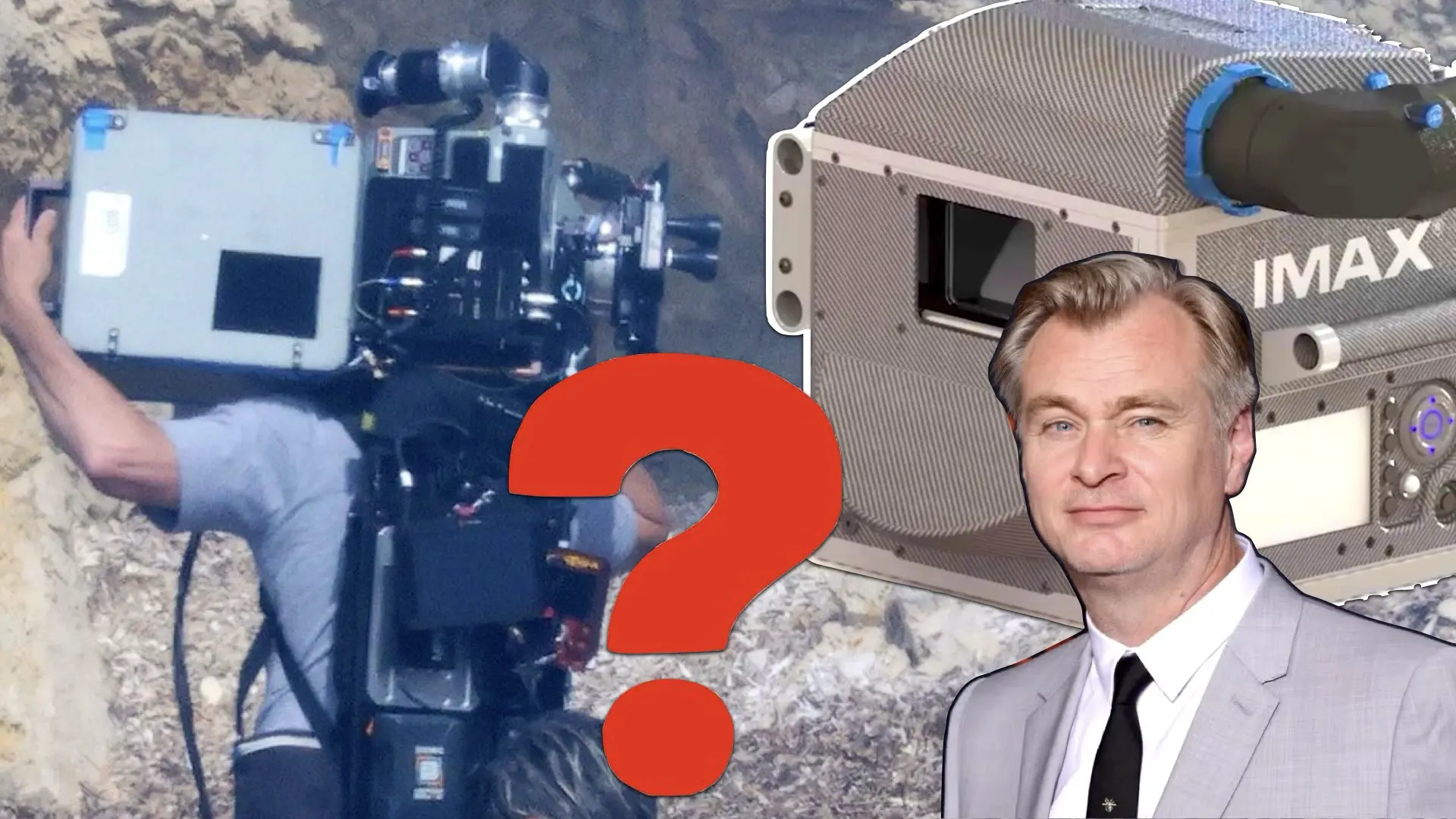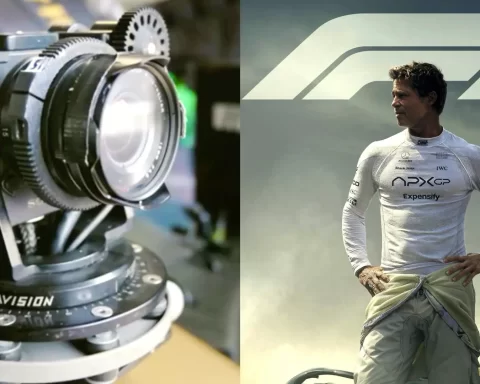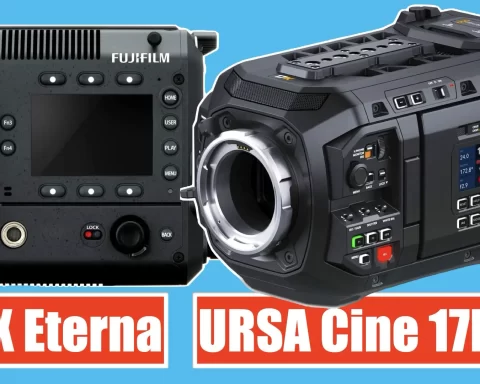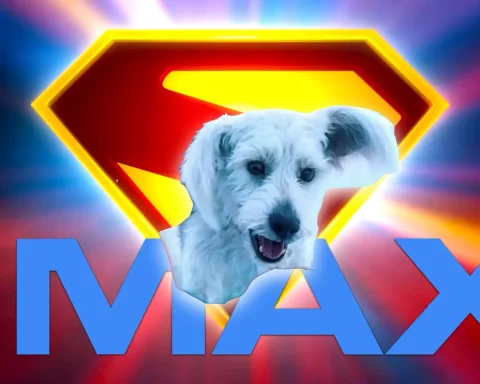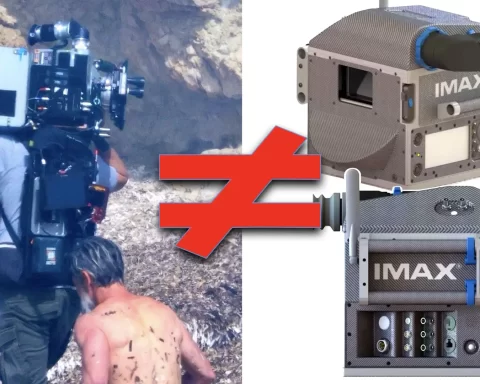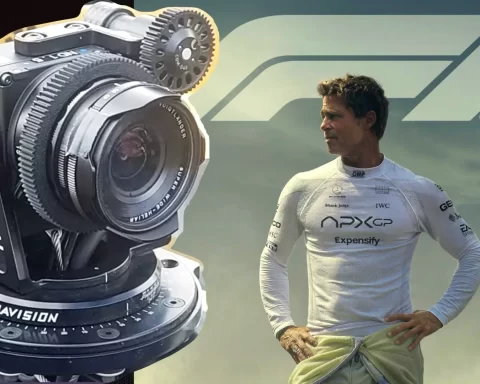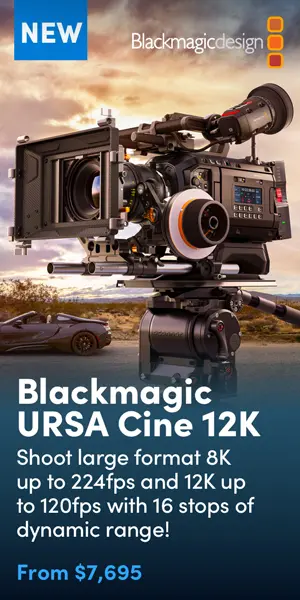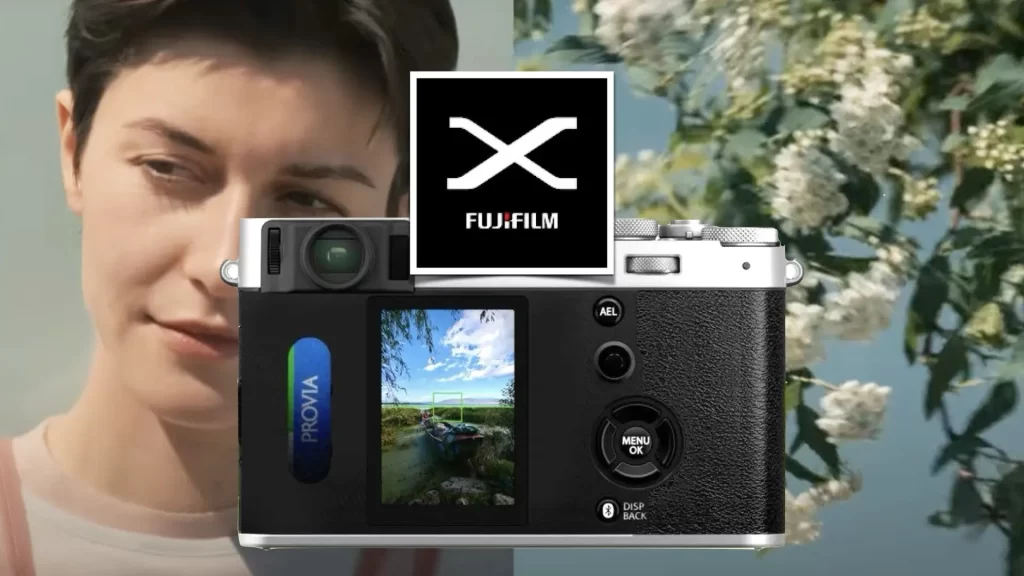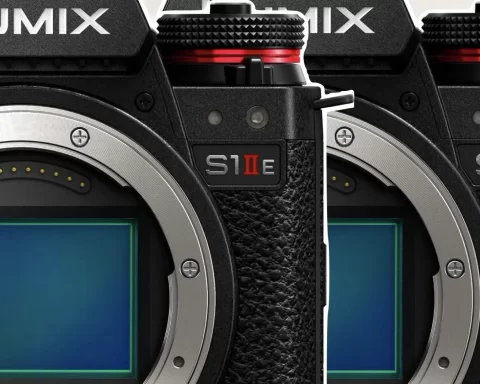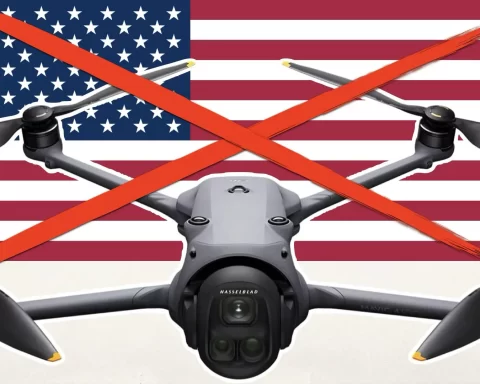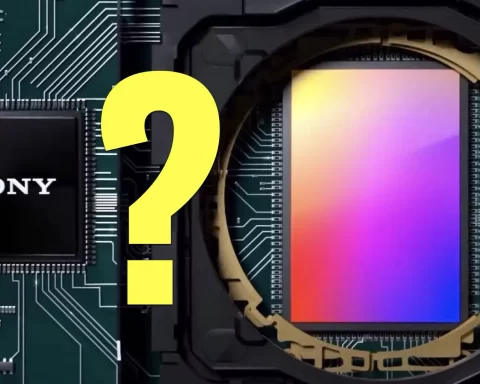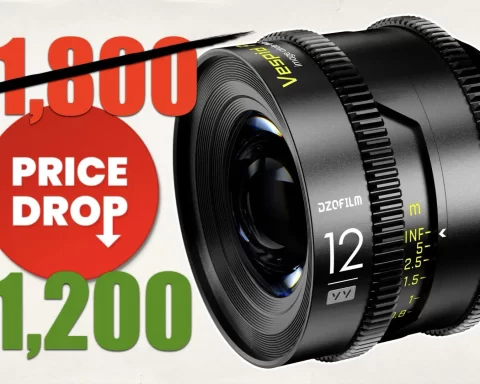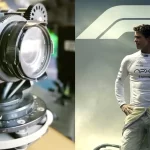When IMAX CEO Rich Gelfond publicly announced that Christopher Nolan’s highly anticipated film The Odyssey would be the first feature shot entirely on IMAX film cameras, the industry took notice. But Gelfond didn’t stop there—he claimed Nolan would use an entirely new generation of IMAX cameras, specifically designed to address the long-standing issues of weight, sound, and workflow.
Chris called me up and said, ‘If you can figure out how to solve the problems, I will make Odyssey 100 percent in IMAX.’ He forced us to rethink that side of our business—our film recorders, our film cameras.”
—Rich Gelfond, IMAX CEO
He even revealed that these Next-Gen IMAX film cameras were delivered to Nolan and cinematographer Hoyte van Hoytema, and would be made available for other filmmakers after The Odyssey wraps. The cameras are supposedly lighter, quieter, and part of a redesigned system that simplifies the dailies process—a long-overdue evolution in IMAX filmmaking. On paper, this sounds like a game-changing moment. But there’s one glaring issue… Where are these cameras?
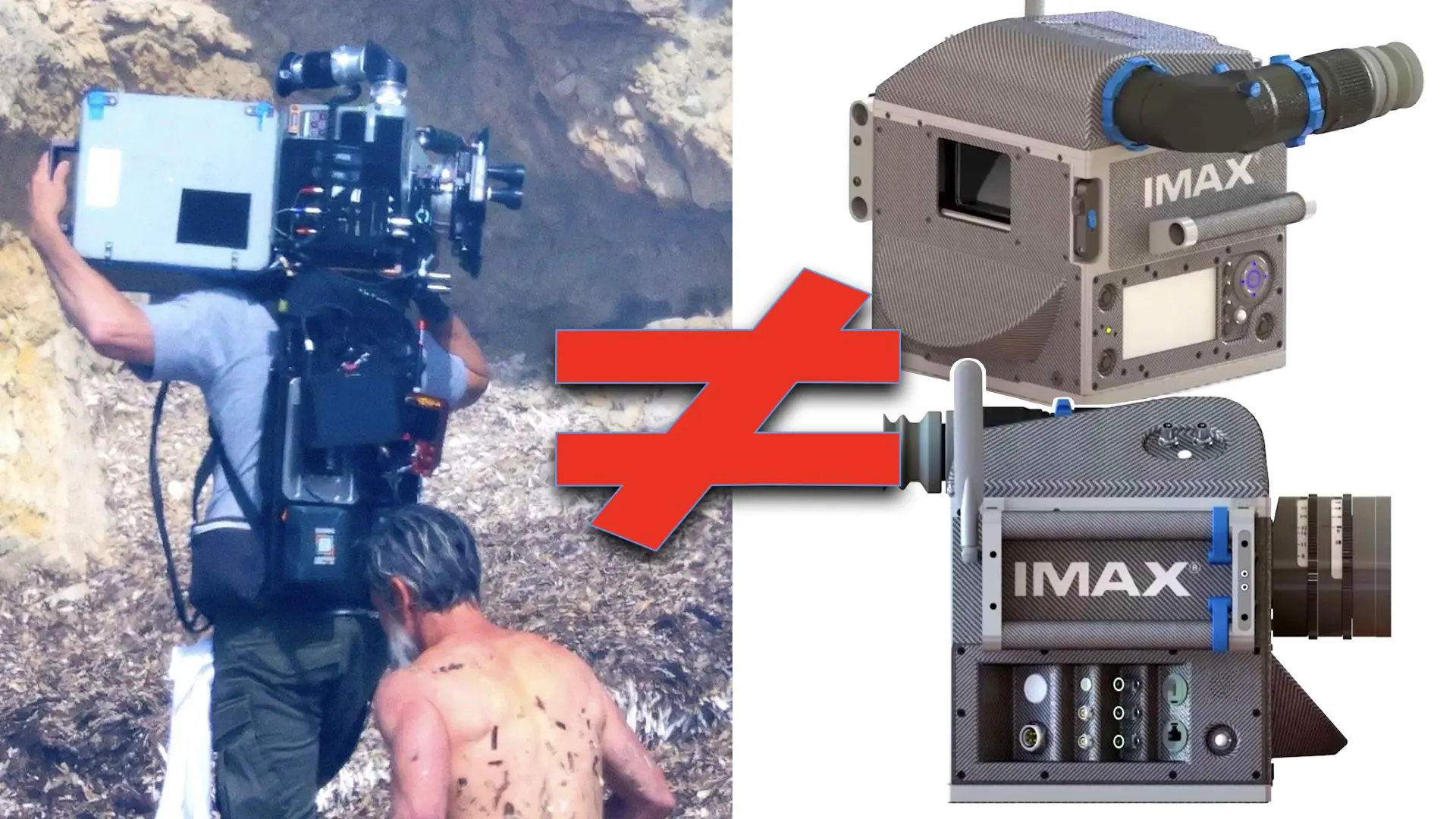
The Familiar Whirr of the Past
Despite Gelfond’s grand proclamation, every leaked image from the set of The Odyssey shows one thing: the same old IMAX MSM 9802 cameras—big, loud, and decades old. These workhorses have captured stunning visuals in Nolan’s past films like Interstellar, Dunkirk, and Tenet, but they are not what you’d expect after hearing talk of a “next generation.” This contradiction sparked debate in Christopher Nolan’s The Odyssey: Where Are the Next-Gen IMAX Cameras?, where the evidence (or lack thereof) was scrutinized. If these cameras truly exist—and are in use—why hasn’t there been a single verified image? Are they under strict NDAs, or have they simply not made it to set?
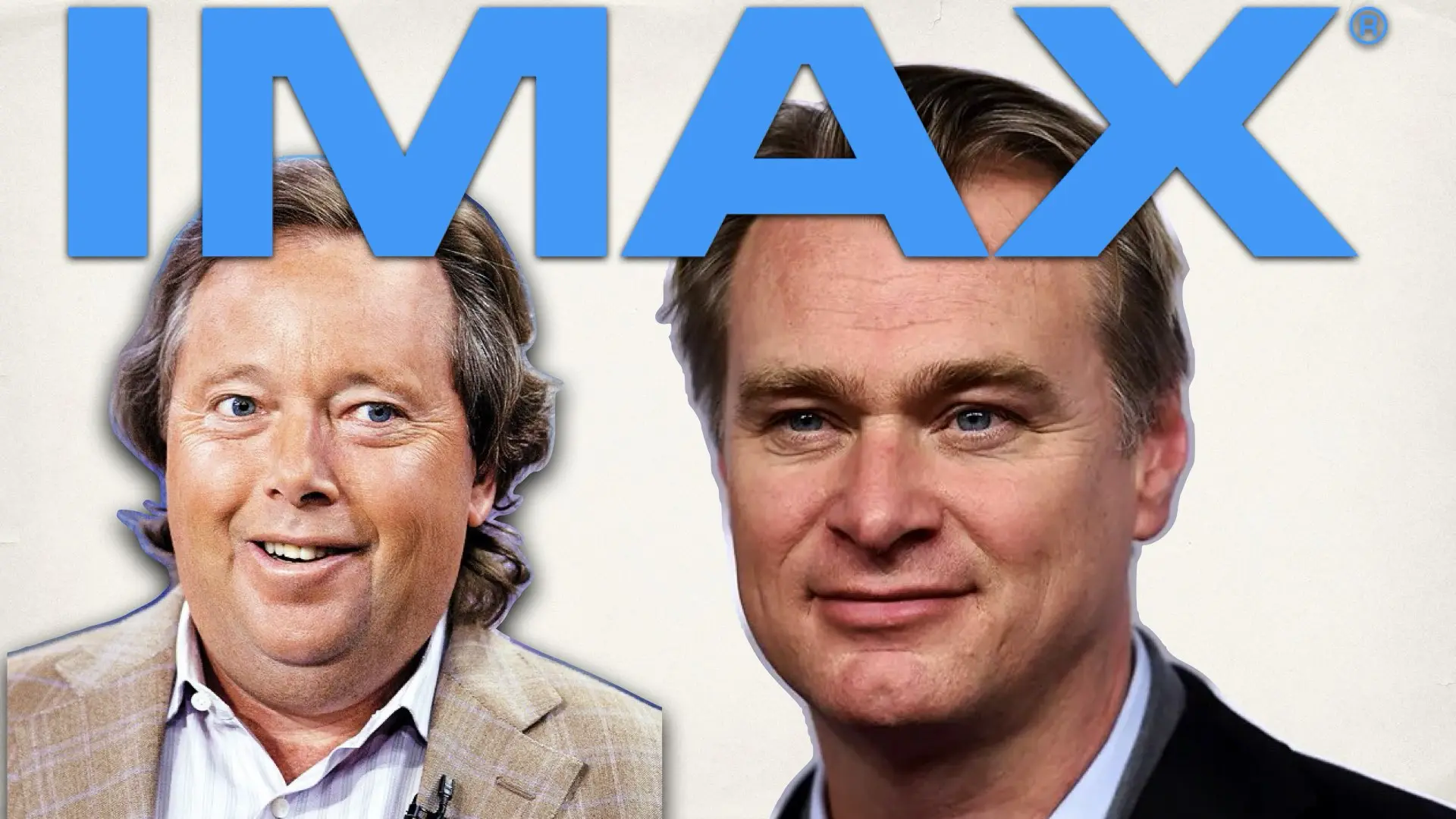
A Sequel to Interstellar—and a PR Goldmine
The Odyssey is already being described as a spiritual sequel to Interstellar, and anticipation couldn’t be higher. According to Christopher Nolan’s The Odyssey: A Sequel to Interstellar?, the project continues Nolan’s fascination with space, time, and existential questions, making it the ideal high-concept canvas for premium large-format filmmaking. IMAX’s branding opportunity here is undeniable. Tying the rollout of new technology to a director like Nolan is smart business. But when that narrative conflicts with the physical reality on set, it starts to feel like a clever PR move rather than a genuine tech revolution.
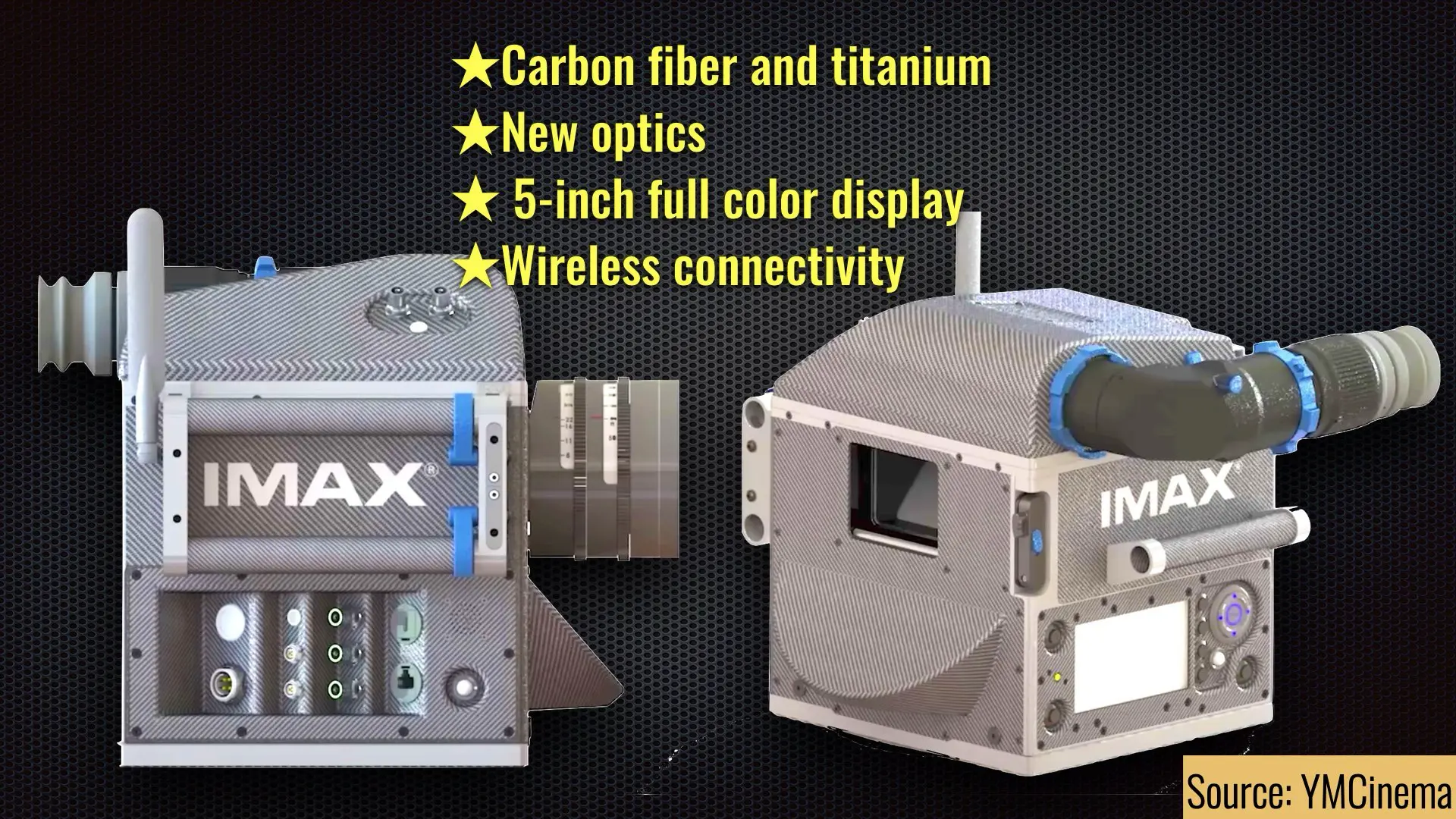
Were the Next-Gen Cameras Even Ready?
Back in early January, a report surfaced titled Rumor: Nolan and Hoyte Test IMAX’s New Film Camera for The Odyssey. It suggested that preproduction tests were carried out using prototypes of the new system. That offered hope, but the story was never confirmed. Weeks later, in Confirmed: Christopher Nolan’s The Odyssey Will Be Shot on Next-Gen IMAX Cameras, the promise was made official. However, this confirmation now feels hollow given the total absence of any photographic or production-based proof. Even if these cameras are being used in some capacity, the lack of visibility raises questions about how “next-gen” they really are. Are they just slightly improved variants of the 9802s? Or were the claims overstated to bolster IMAX’s image?
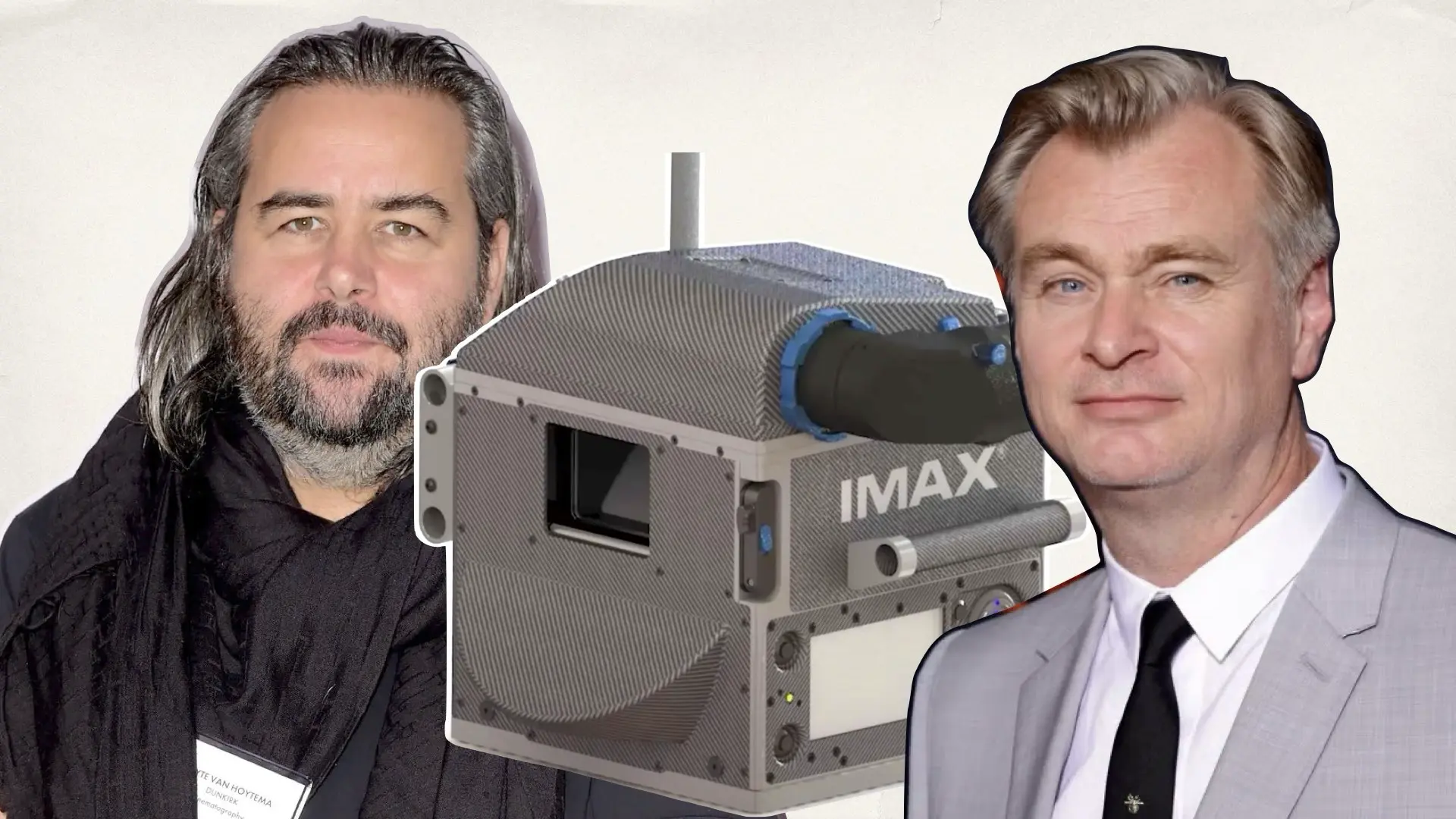
The Problem with Secrecy
It’s possible that Nolan requested to keep the new cameras confidential during production—he’s known for controlling every aspect of his films. But in 2025, secrecy can backfire, especially when expectations have been set publicly. Camera manufacturers like ARRI, RED, and even Sony often showcase prototypes months before they hit sets, building excitement through transparency. By contrast, the “invisible” nature of these Next-Gen IMAX cameras feels like a missed opportunity. Instead of inspiring the next wave of filmmakers, IMAX’s silence is fueling skepticism.
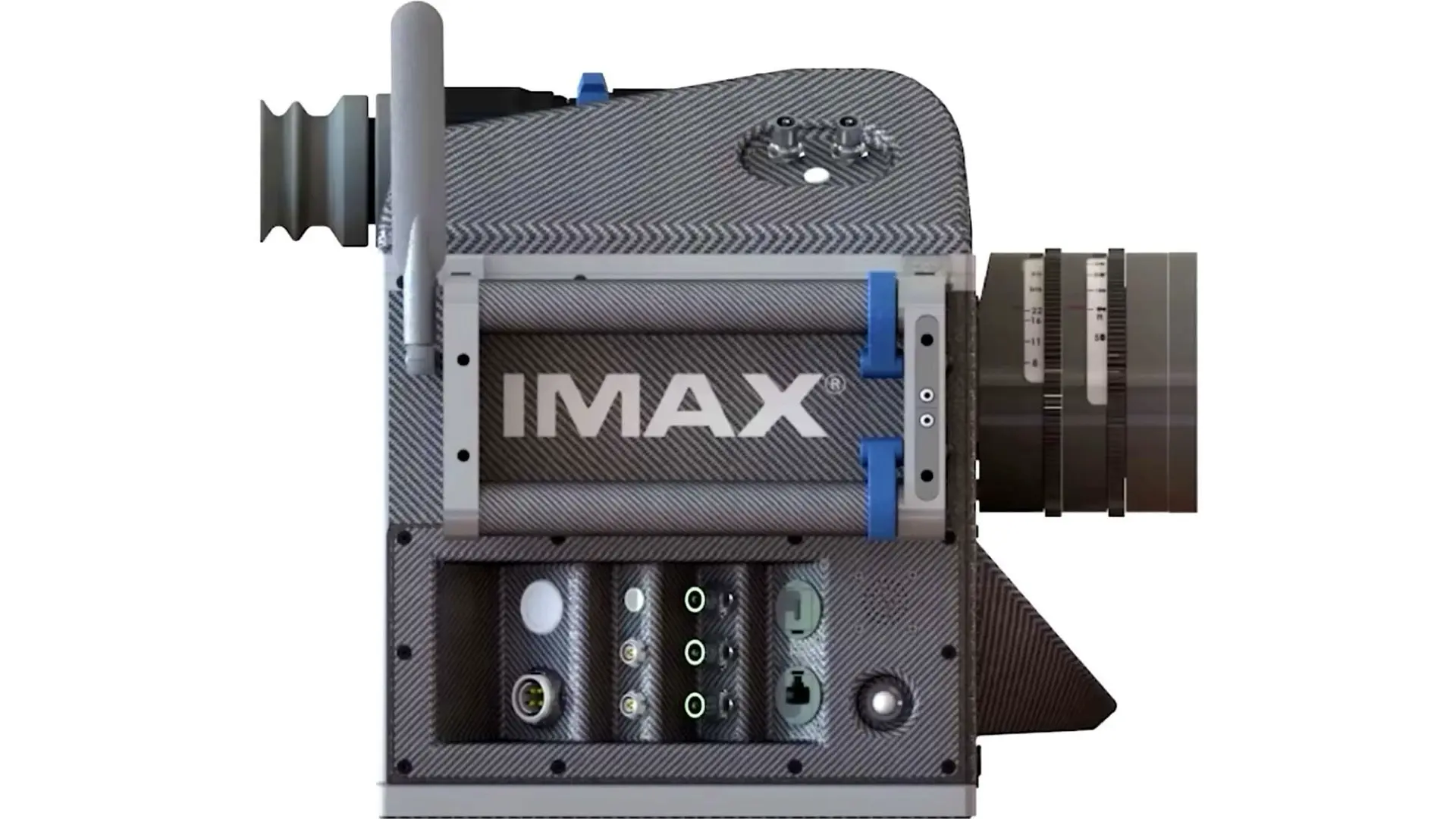
Beyond Nolan: Who Gets to Use Them Next?
Gelfond also mentioned that these cameras would become available to other directors after The Odyssey. But which filmmakers will line up for an expensive, film-based format that’s notoriously hard to handle—even with improvements? The IMAX film ecosystem is already niche, and without a clear demonstration of major usability improvements, it may stay that way. Moreover, if this rollout was truly a milestone, why hasn’t IMAX launched a formal campaign? Why no specs? No interviews with Hoytema? No side-by-side comparisons of the “old” and the “next-gen”?
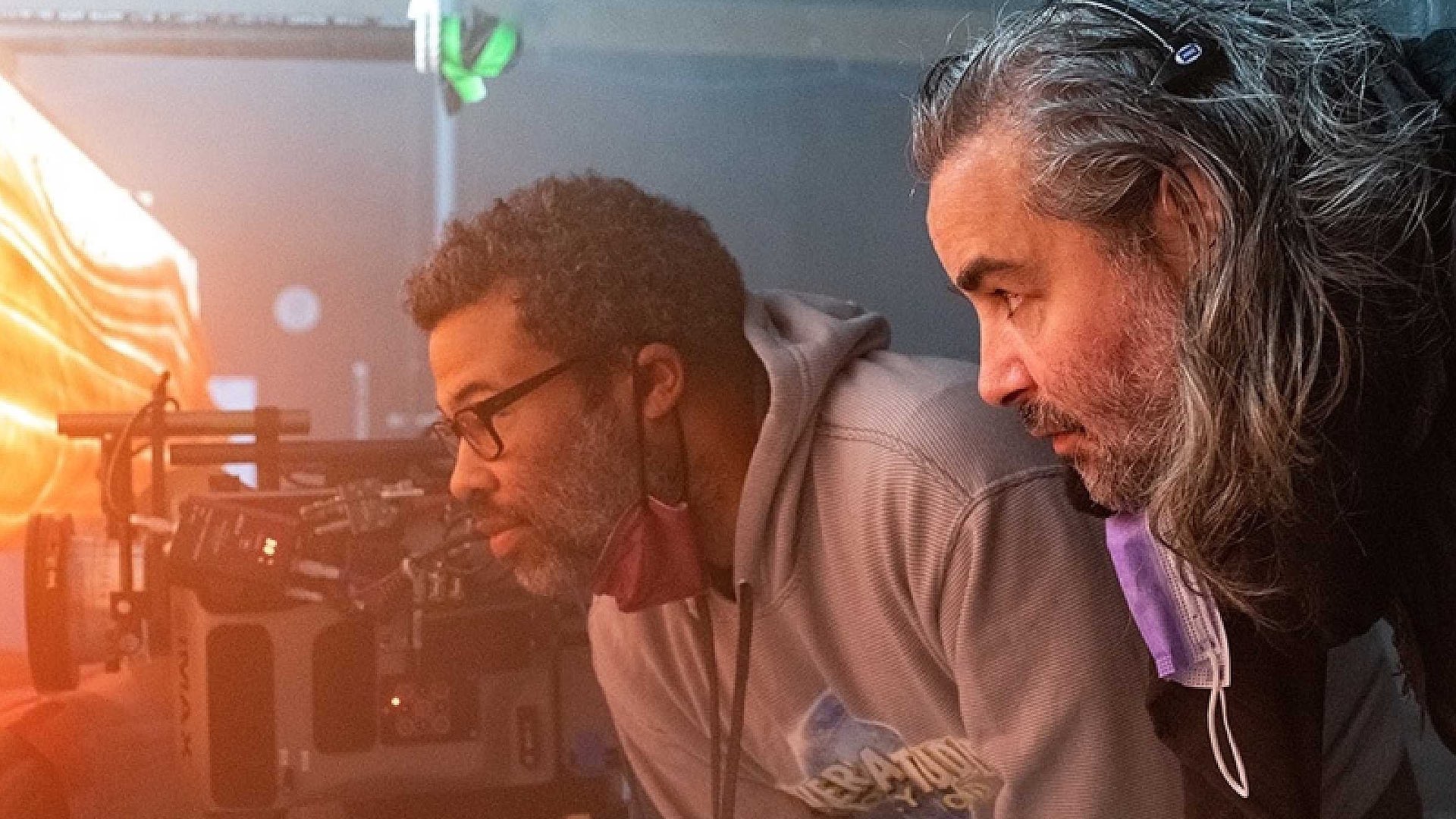
Final Frame: A Camera That Exists Only in Words?
At the end of the day, the burden of proof rests with IMAX. Christopher Nolan’s The Odyssey could very well be a cinematic marvel. It might, as promised, be the first film to fully embrace the grandeur of 100% IMAX film. But the Next-Gen IMAX camera—as a tangible, revolutionary piece of technology—remains shrouded in mystery. Until IMAX provides clear evidence, the idea of a breakthrough camera system feels more like marketing mythology than filmmaking reality. So, we ask again: Where are the next-gen IMAX cameras?

